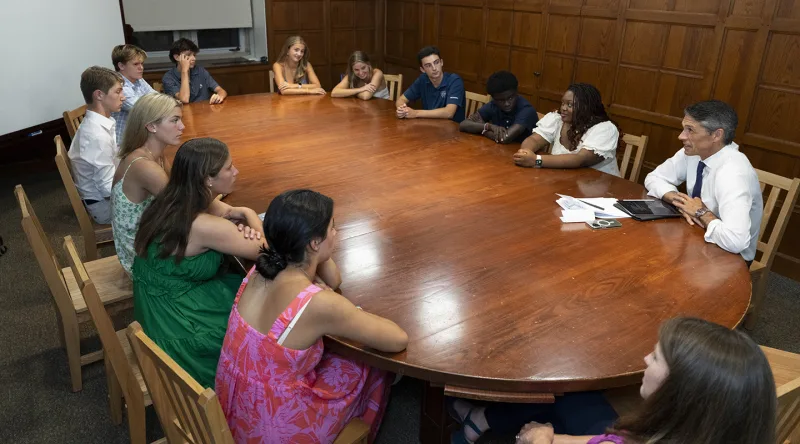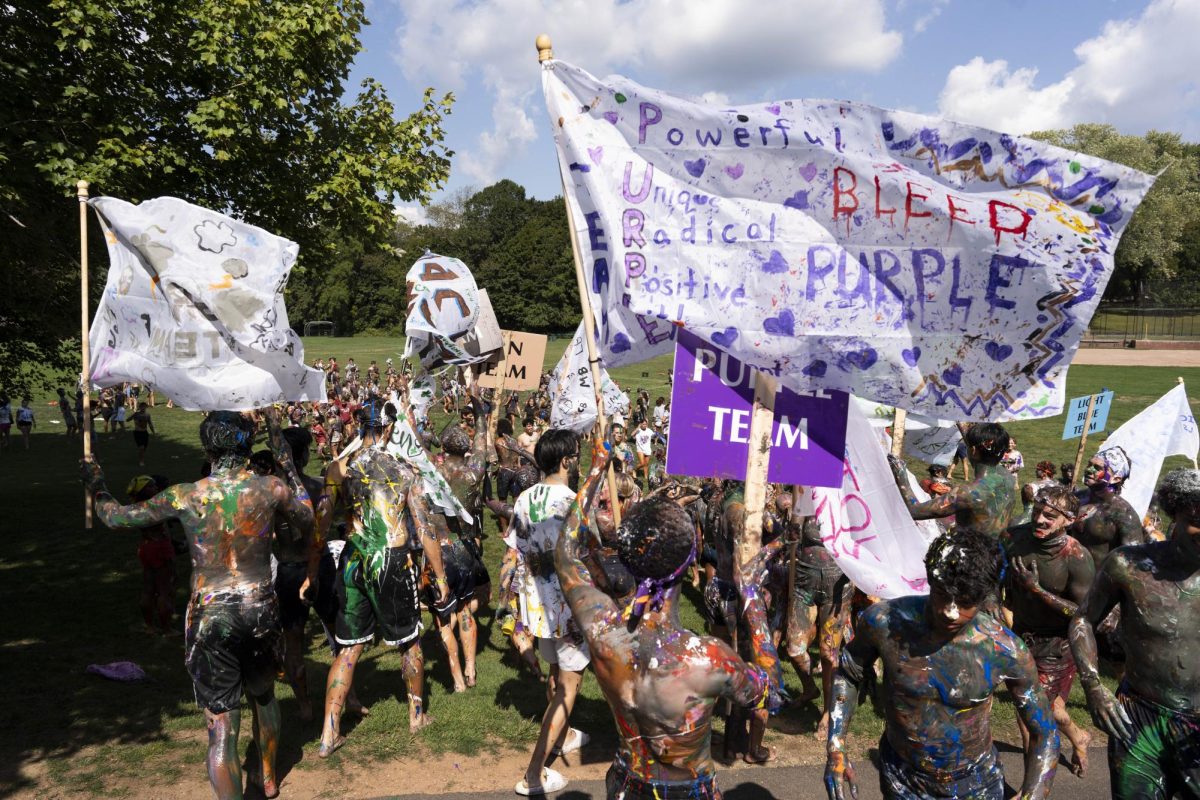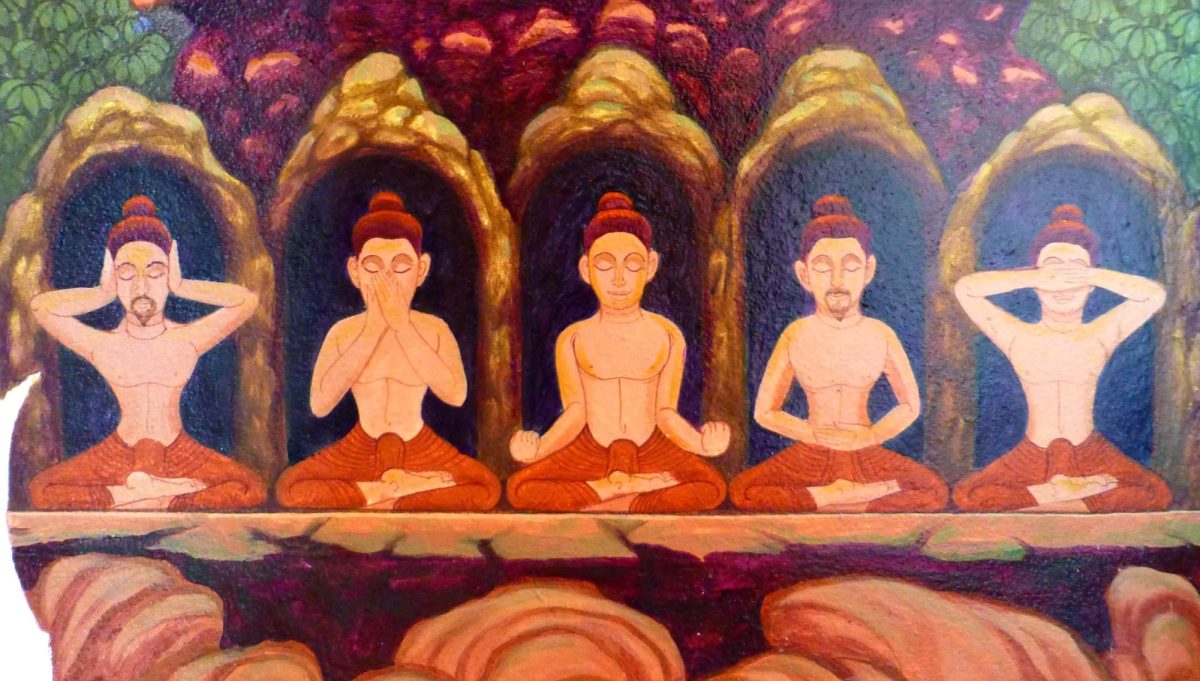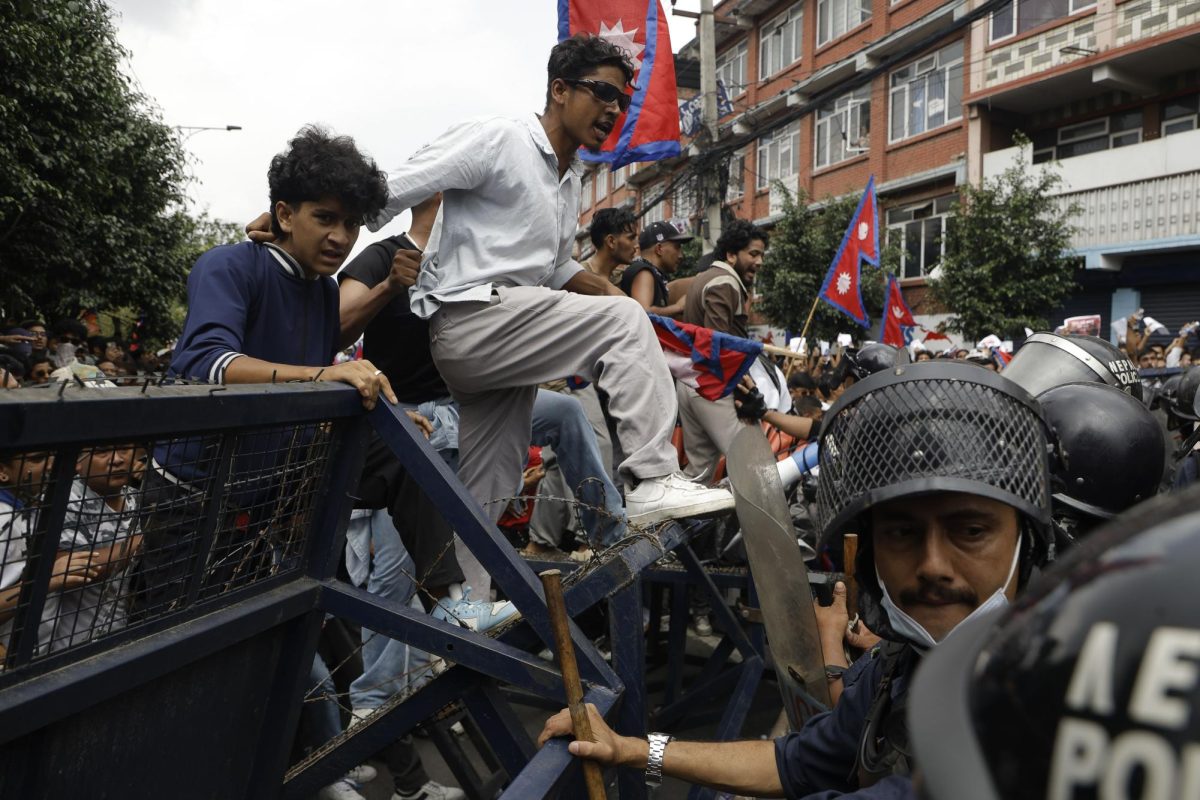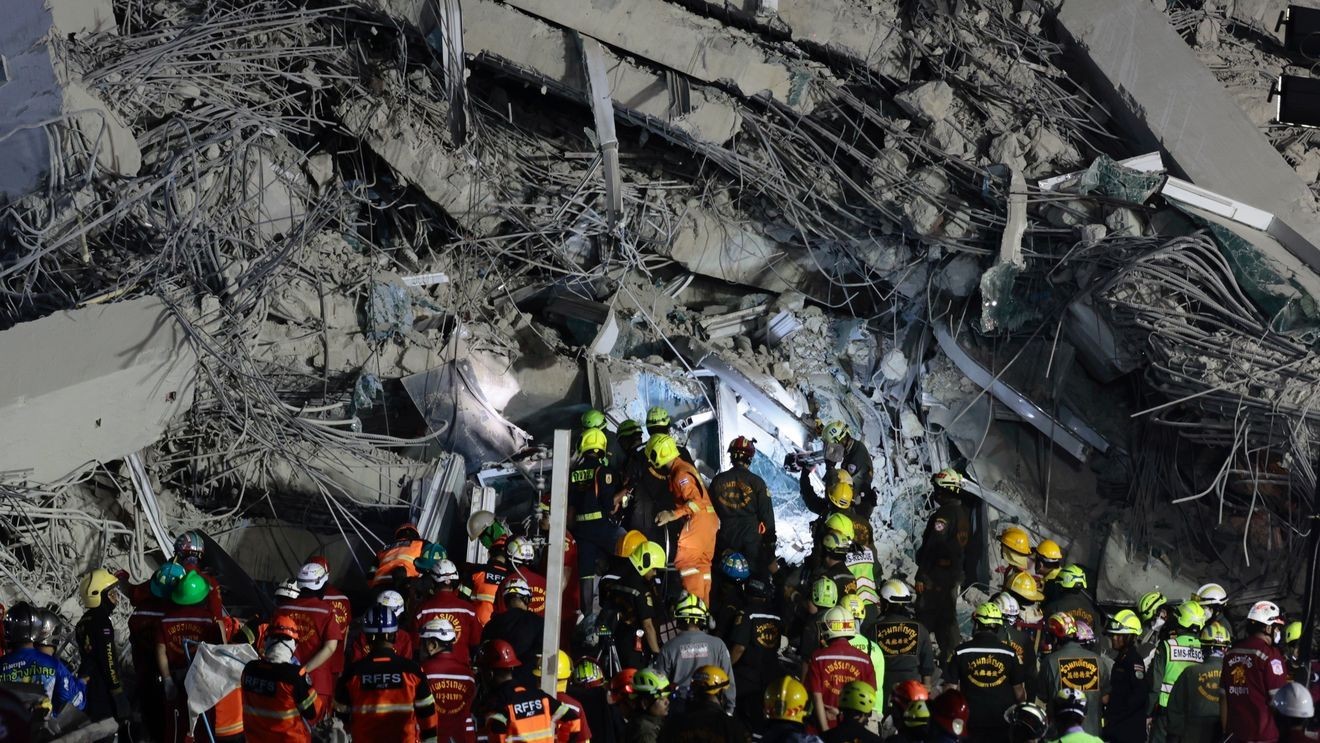 On March 28, 2025, at 12:50:52 local time, a 7.7 magnitude earthquake hit the Sagaing Region of Myanmar. Twelve minutes after the initial quake was a second with a 6.4 magnitude. These earthquakes brought down thousands of buildings and destroyed infrastructure in multiple regions. According to the World Health Organization, crucial healthcare foundations were damaged and hurt, with four hospitals and one health center entirely destroyed. As of April 13, the death toll had surpassed 3600 and is still projected to grow, with thousands injured and missing. Aftershocks continued, and Thailand, southwest China, and Vietnam were also affected. In particular, a tower in Bangkok collapsed, resulting in the deaths of at least 21 people, while dozens remain missing.
On March 28, 2025, at 12:50:52 local time, a 7.7 magnitude earthquake hit the Sagaing Region of Myanmar. Twelve minutes after the initial quake was a second with a 6.4 magnitude. These earthquakes brought down thousands of buildings and destroyed infrastructure in multiple regions. According to the World Health Organization, crucial healthcare foundations were damaged and hurt, with four hospitals and one health center entirely destroyed. As of April 13, the death toll had surpassed 3600 and is still projected to grow, with thousands injured and missing. Aftershocks continued, and Thailand, southwest China, and Vietnam were also affected. In particular, a tower in Bangkok collapsed, resulting in the deaths of at least 21 people, while dozens remain missing.
Furthermore, on the weekend of April 5, rain fell on parts of Myanmar, complicating relief efforts and increasing the risk of diseases like cholera. Many survivors are left homeless, living outdoors without access to clean water or shelter. The United Nations had called for urgent support, tents for displaced people, and international aid.
In response to this tragedy, surrounding countries such as Russia, China, and India promptly sent rescuers to Myanmar. Immediately after an earthquake, there is a 72-hour “golden” rescue window when people trapped under rubble are most likely to survive. After that window closes, the chances of survival without drinking water are almost zero. However, during Myanmar’s 72-hour rescue window, rescuers and humanitarian aid organizations seeking access to crucial areas were blocked by military authorities and had to go through lengthy checkpoints. Because of this, countless lives that could have been saved were lost, and survivors struggled without the necessary food and medical care. The military, officially known as the Tatmadaw, claims this delay to be for security reasons. However, many accuse the military of using these excessive security checkpoints as a form of punishment against the Myanmarese who have resisted their rule for decades.
Myanmar has had a troubled history. Since gaining independence from British colonial rule in 1948, the country has been mostly under brutal military control by the Tatmadaw. Many were optimistic that Myanmar would transition to democracy after the National League for Democracy was introduced in 2011. However, in 2021, the Tatmadaw carried out an illegal coup to reassert its control over the country. This hostile takeover sparked an uproar of defiance from the people of Myanmar: civilians took to the streets in protests, and armed ethnic groups fought for their autonomy. For the past four years, Myanmar has been grappling with a civil war.
March’s devastating earthquake only exacerbated issues in the already vulnerable Myanmar. It is an emergency within an emergency. The biggest concern now is the health and safety of Myanmar’s people. UN reports show that cases of malaria and tuberculosis have grown sevenfold since the civil war started. The UN’s 2025 report on Myanmar stated that “the healthcare system is in collapse.” And that was in January, before the earthquake. It is difficult to imagine the extent of the chaos now, with hospitals destroyed, citizens displaced, and thousands injured.
Such immense suffering on the other side of the world may seem detached and distant from us here at Taft. However, we urge readers to embody Taft’s motto and play our part in serving the global community. Many organizations, including UNICEF, Heart to Heart International, and Project HOPE, are scrambling to send aid to Myanmar. Your donation to these organizations can provide food, water, and medical care to those who have lost everything.


